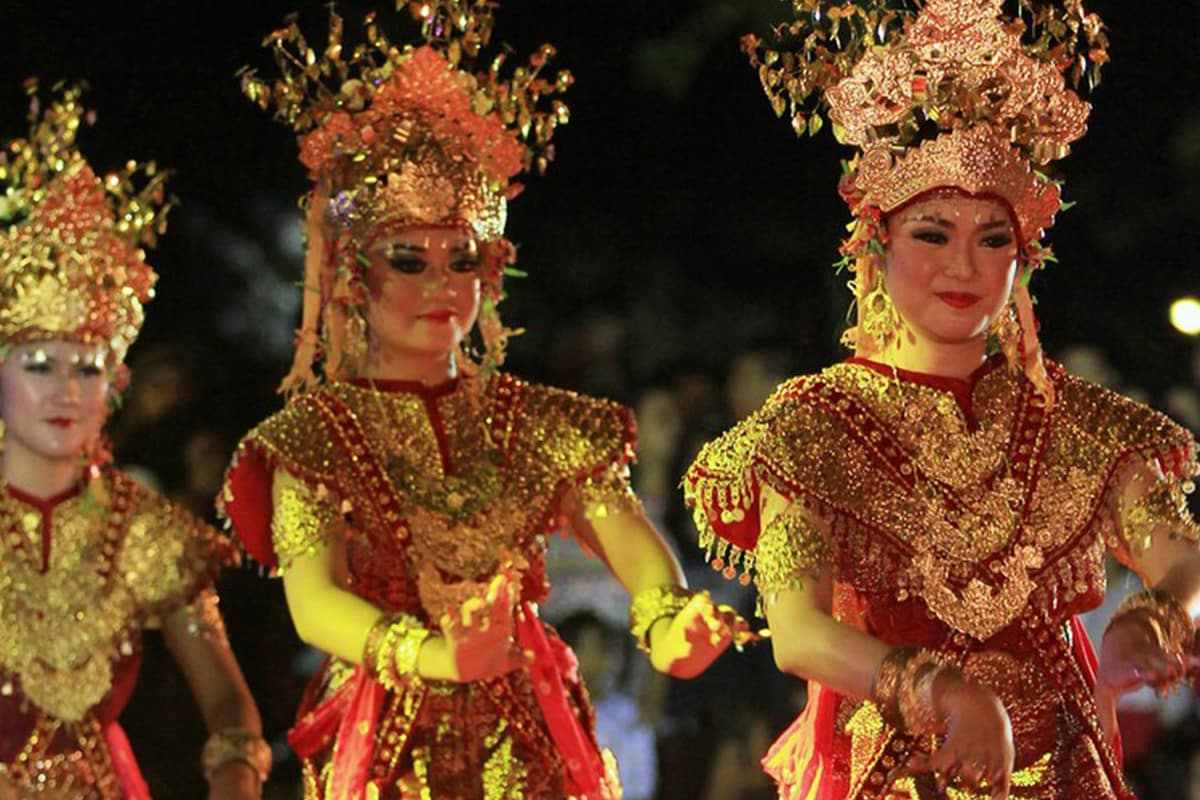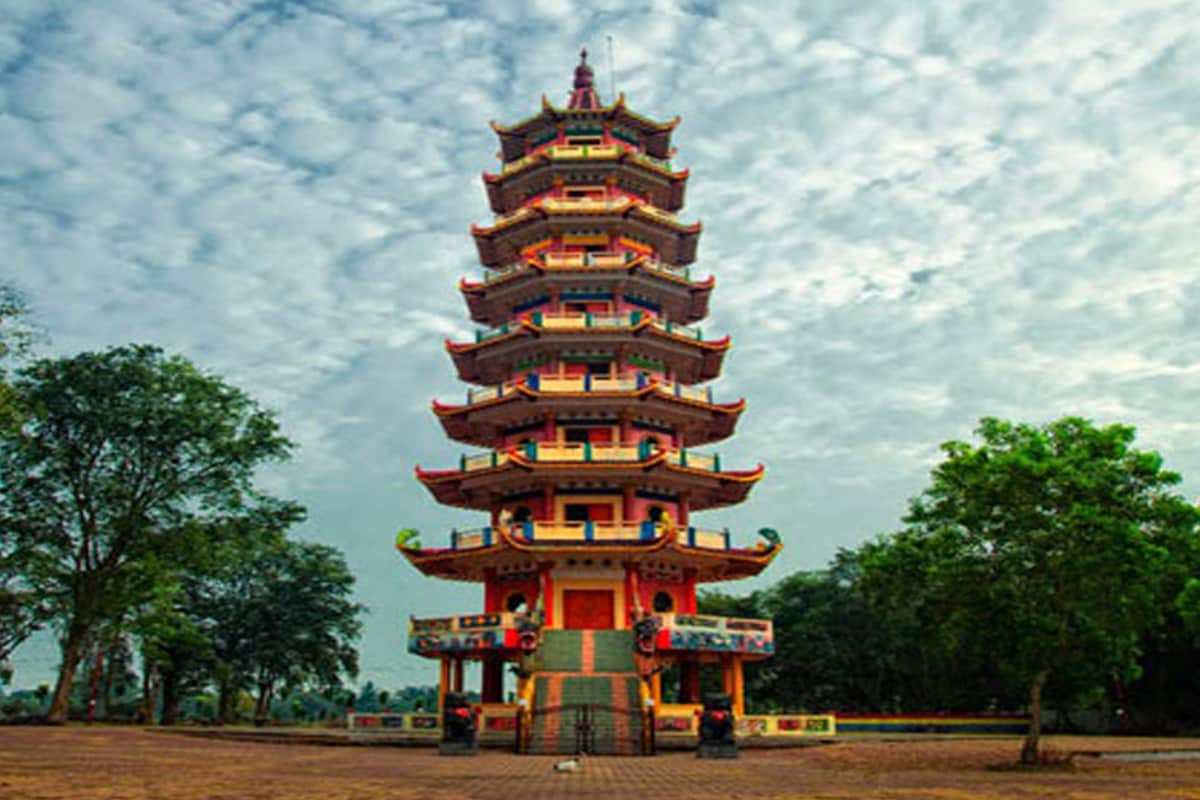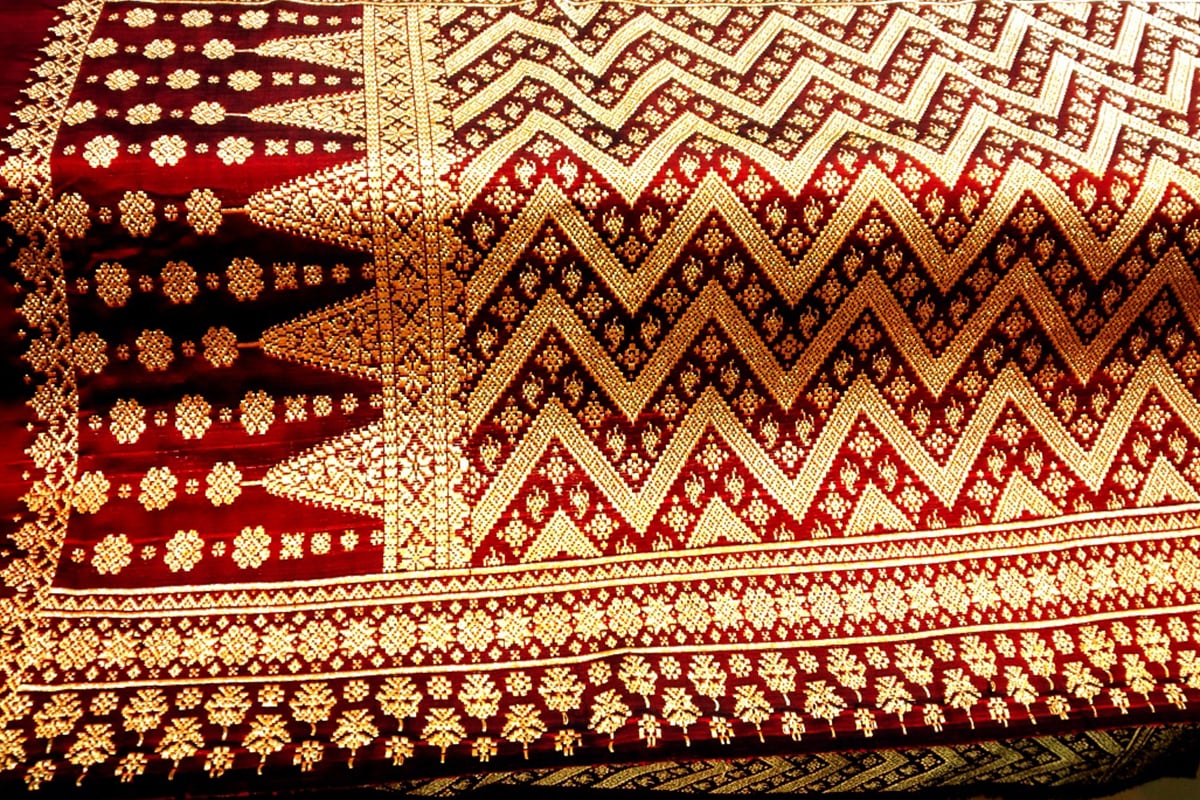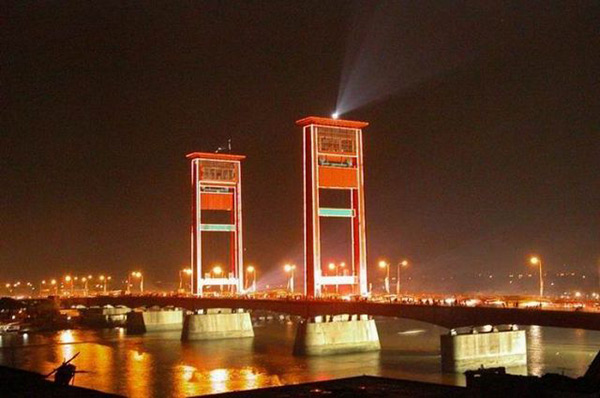PALEMBANG: Bustling City on Sumatra’s wide Musi River
The second largest city in Sumatra after Medan, is the city of Palembang, the capital of South Sumatra Province which was once the celebrated seat of the rich and powerful Sriwijaya empire that for three centuries - from the 9th to the 11th century - reigned supreme over the Sumatra seas and up north included the strategic Straits of Malacca.
The Land of Srivijaya
Sriwijaya(or Crivijaya empire) was then known as the wealthy trade hub as well as the center for Buddhist learnings. Monks from China, India, and Java came here and congregated to study the teachings of Buddha. In AD 671 Chinese chronicles wrote that the famous Chinese Buddhist monk, I Ching sojourned in Palembang for six months on his way to India. I Ching wrote that there were more than 1,000 Buddhist monks in the city and advised Chinese monks to study Sanskrit in Palembang before proceeding on their pilgrimage to India.
Later, the great Chinese voyager, Admiral Cheng Ho, emissary of the Chinese emperor also visited Palembang in the 15th. century. The Cheng Ho mosque has been constructed here in his honor.
Although structure-wise not much remains to be seen from Sriwijaya's golden age, Palembang's fine silver and gold songket woven cloths that are still produced even today, the fine lacquerware it creates for which Palembang is renowned, and its regal dances and opulent gold costumes are evidence of its precious royal heritage.
The City of River
Palembang is situated along the Musi River, which has its source deep in the Bukit Barisan mountains, tumbling down to reach the plains where, fed by the converging Ogam and Komering rivers, it then widens into a large river as it reaches Palembang. Its many tributaries and streams that cut through Palembang, caused this town at times to be called 'The Venice of the East'.
Spanning across the Musi river right in the heart of the city, the Ampera Bridge built in 1965 is today's icon of modern Palembang. The view from the Musi river from this vantage point is breathtaking. Watch vendors on boats sell their ware at the floating market by the Ampera Bridge, while at sunset the view with the many houses on stilts along both sides of the Musi and the centuries' old quaint Chinese shop-houses, are sights rarely found elsewhere.
Located in the Musi River delta, another precious gem of Palembang is the tiny island of Kamaro which is adorned with pagodas and Chinese temples. A magnificent Chinese Temple, the Hok Cing Bio stands splendidly here. On special occasions, especially on 'Cap Go Meh' Chinese New Year's celebrations, the island is always packed with locals and visitors coming from Palembang, Java, Kalimantan and overseas from Singapore, Malaysia and Thailand.
nother important Landmark of the city is the Kuto Besak Fortress which was built during the 17 th century and a legacy of the Palembang Darussalam Sultanate, that ruled from 1550-1823. Each corner of the fort is strengthened with bastions. The bastion in the west corner is larger and similar to other forts in Indonesia while the other three bastions are architecturally unique, and are unlikely found elsewhere. And as the sun sets in the afternoon, lights glow around the fort, creating sparkles that highlight the walls of the fort: truly a sight to be watched.
Those who wish to take a trip back in time and explore the history of the golden era of Palembang can visit the Sultan Mahmud Badaruddin II Museum (SMB II) situated on Musi's Riverbank. Not only is the museum rich in its collections, but the building itself is a historical legacy, as is a monument of the heydays of the Palembang Sultanate. Museum Sultan Mahmud Badaruddin II is a perfect place to explore the history of Palembang. From the age of Sriwijaya to the Palembang Darussalam Sultanate, through the Dutch colonial era and the Japanese occupation up to the early era of Indonesia's independence are all presented in its 368 collections.
Last, but not the least important is the new Jakabaring Stadium, the new pride of Palembang, where the 18th Asian Games competitions will be held.
As for Food and Shopping, Palembang is a treasure trove to find the best gold and silver songket cloths, laquerware and woodcarvings. When in Palembang you must not miss to try the city's specialty of pempek kapal selam, - or submarine pempek - bathed in yummy sweet and sour sauce.



